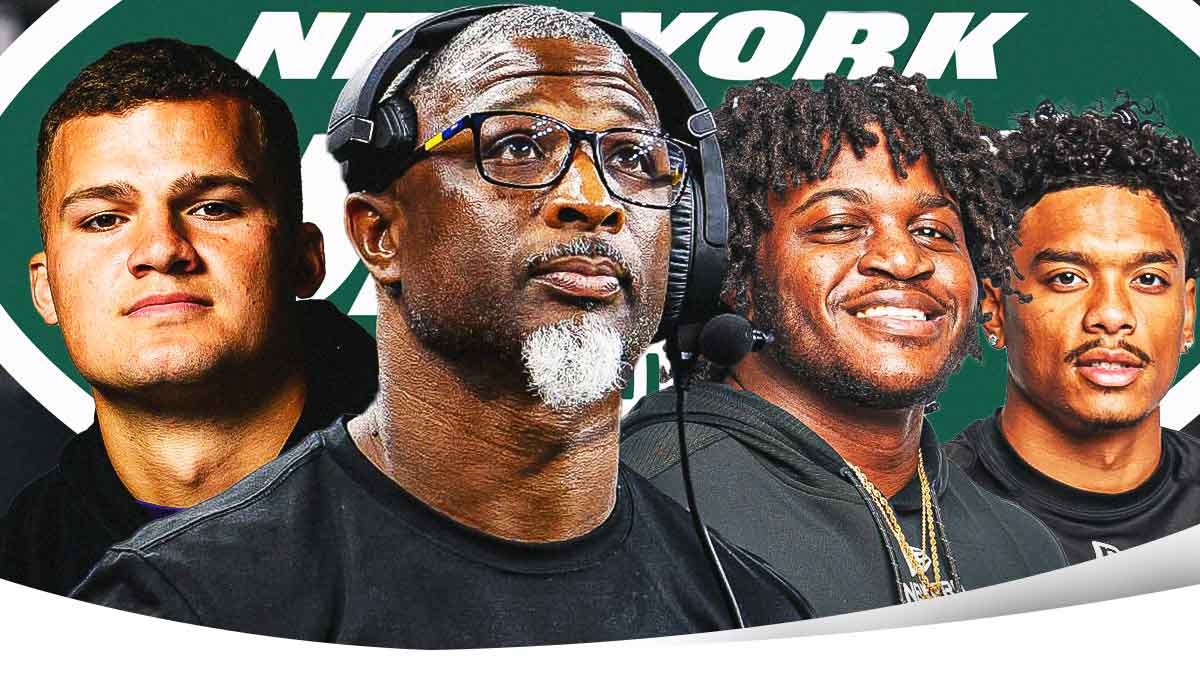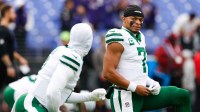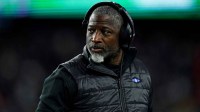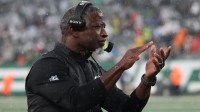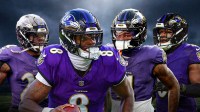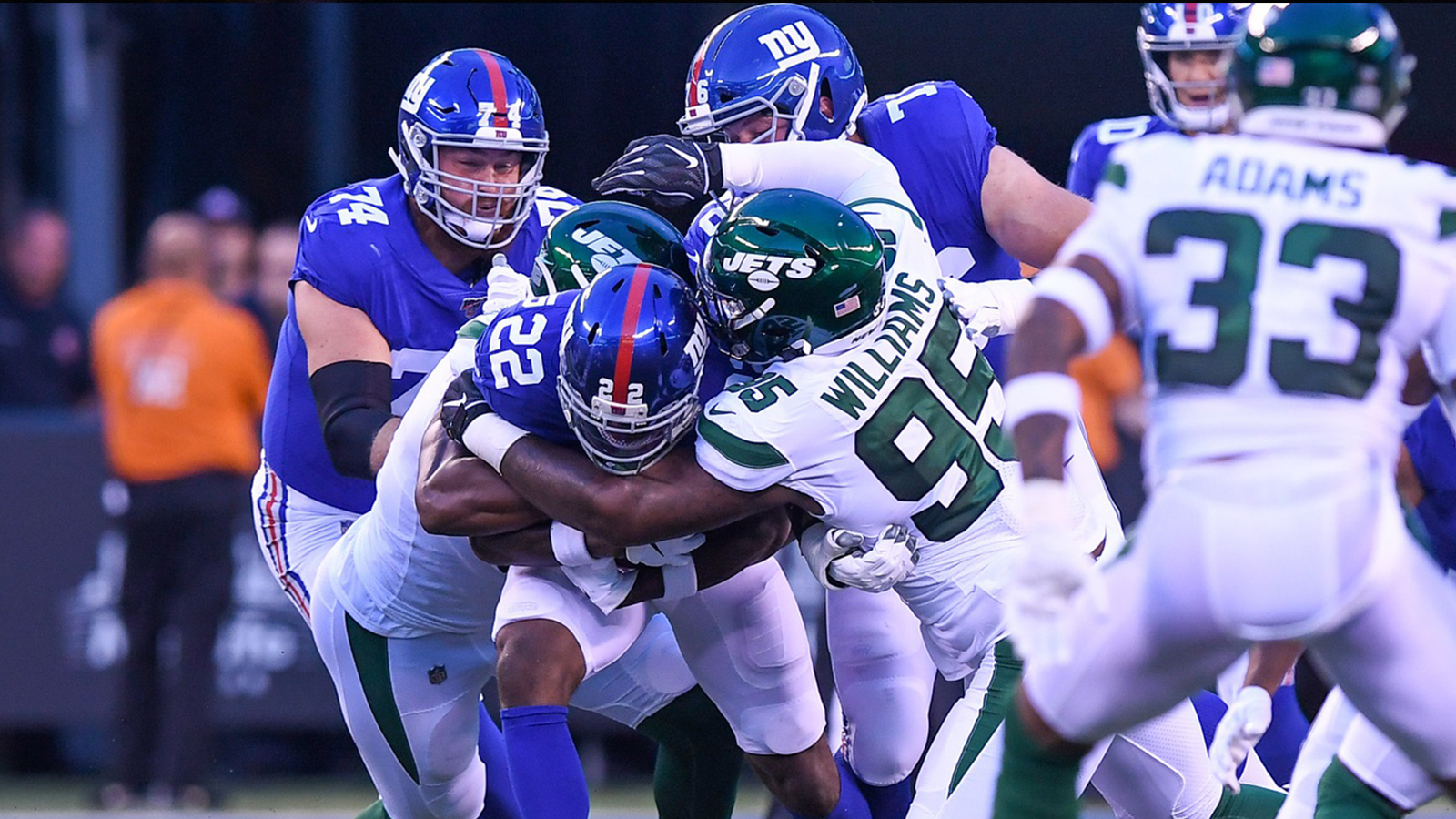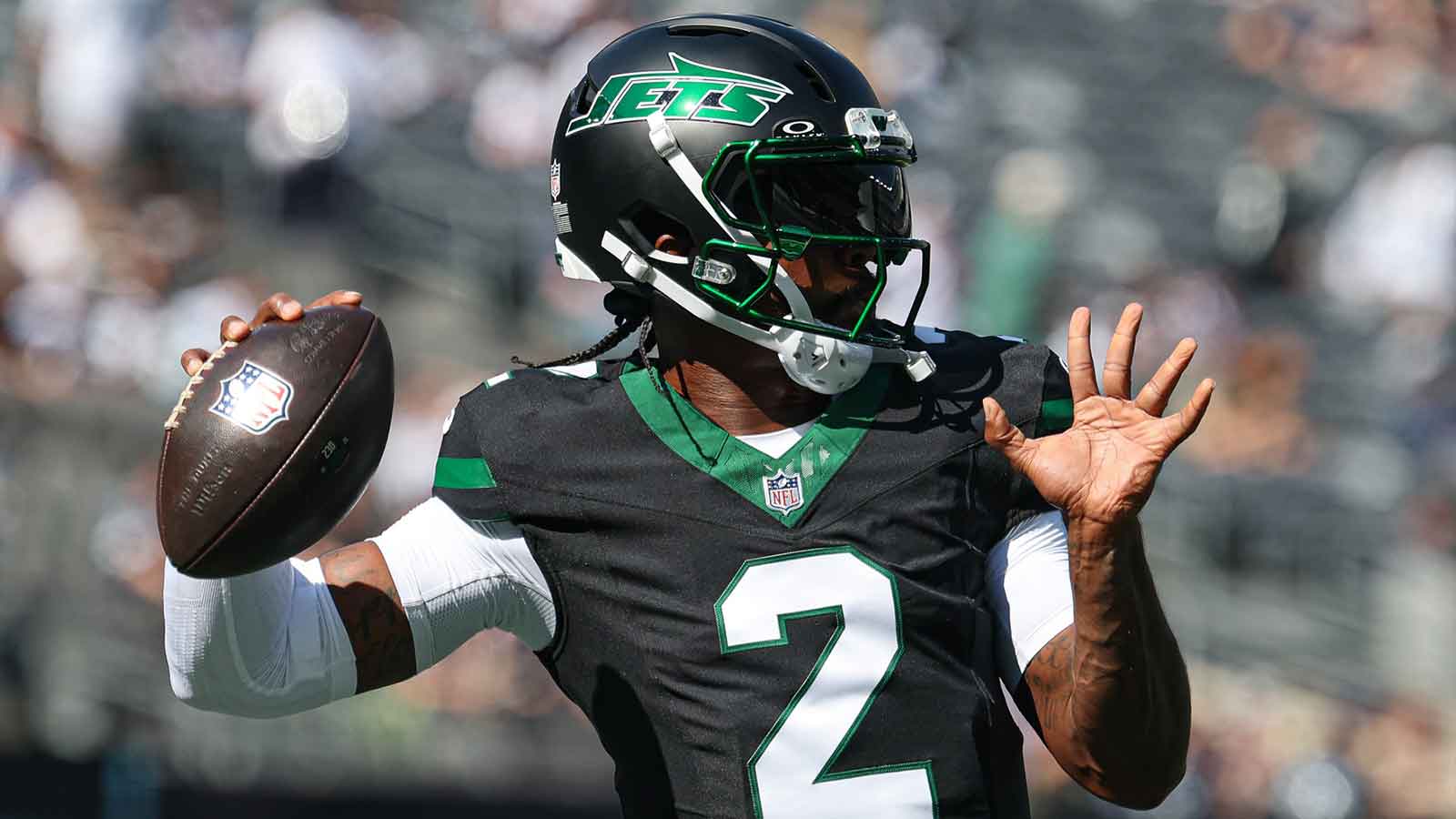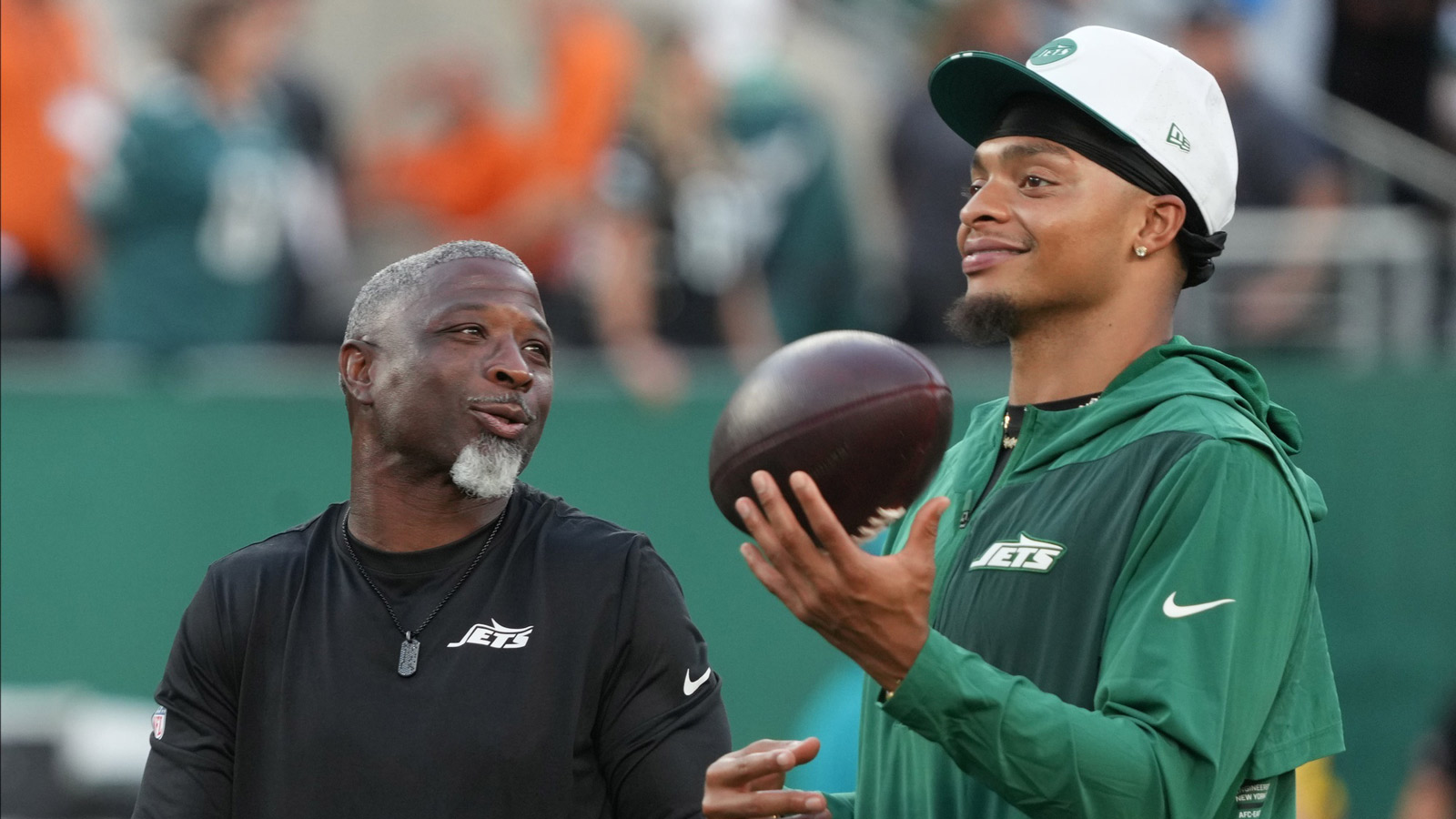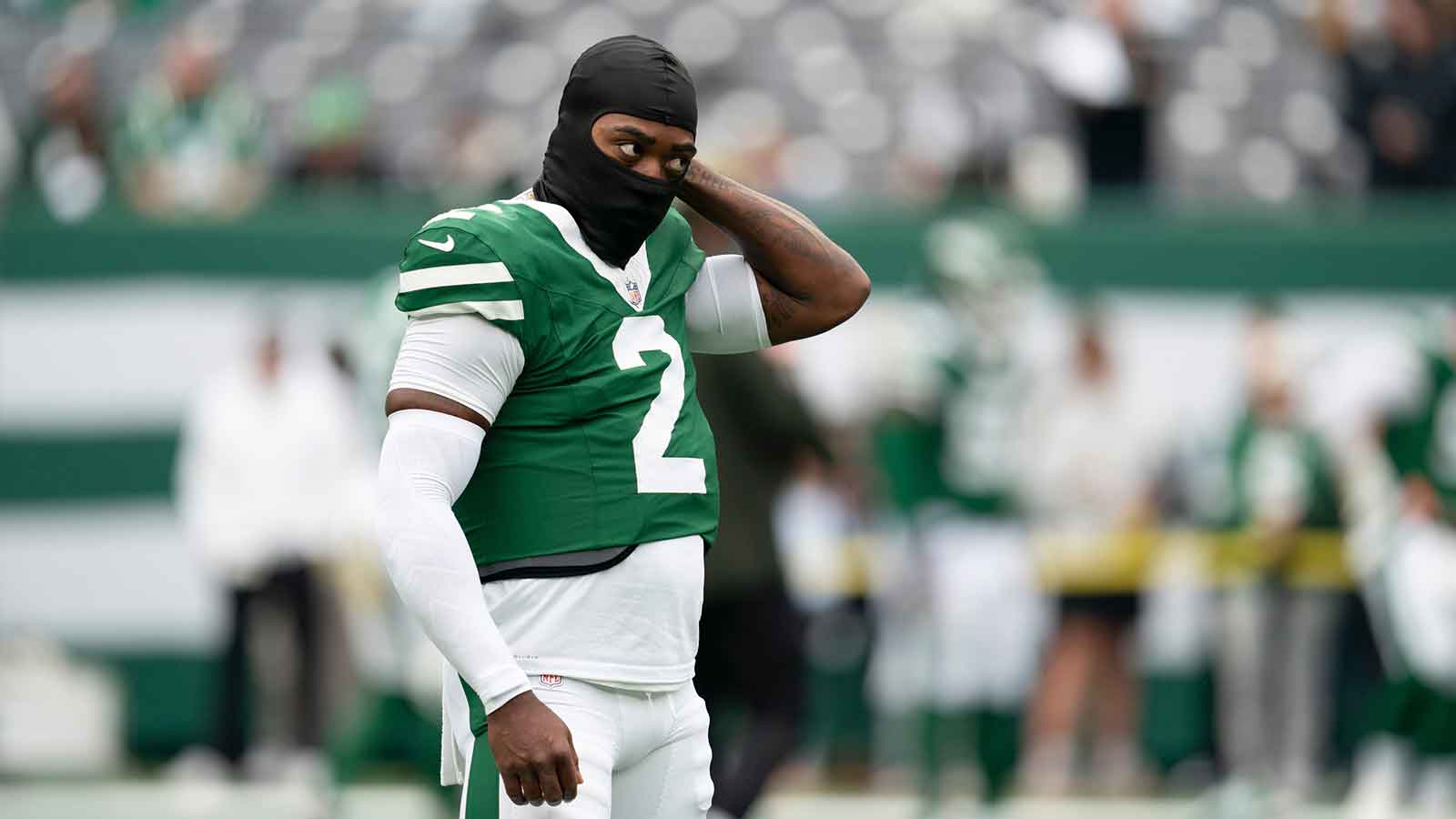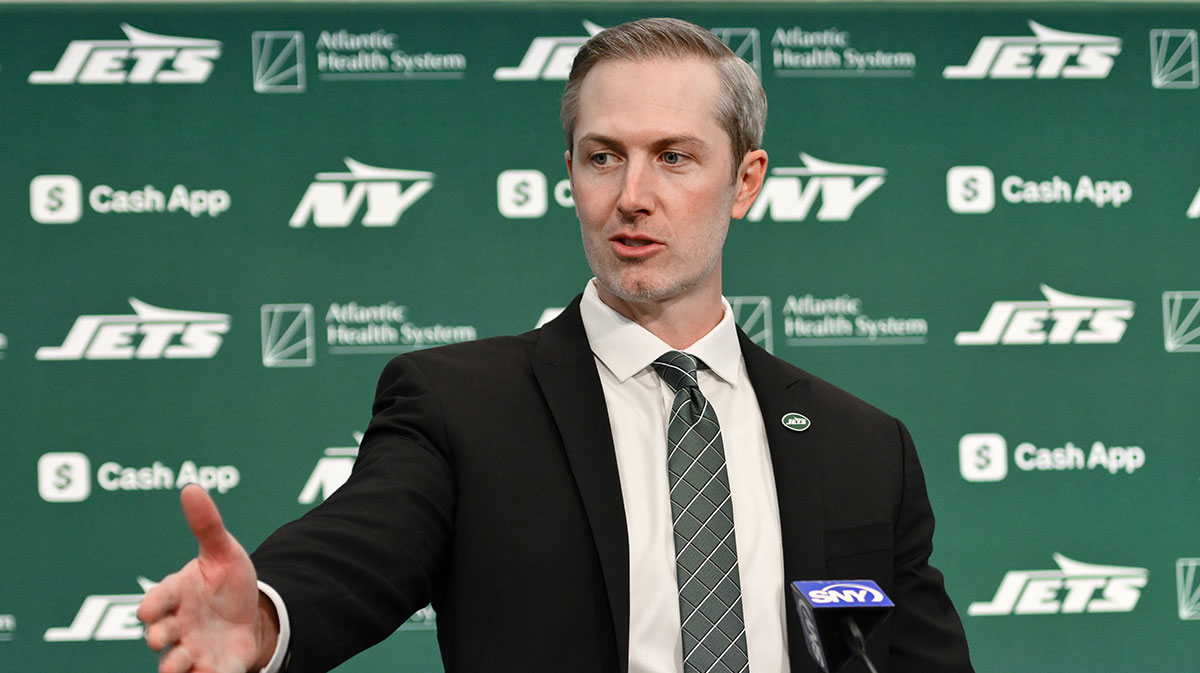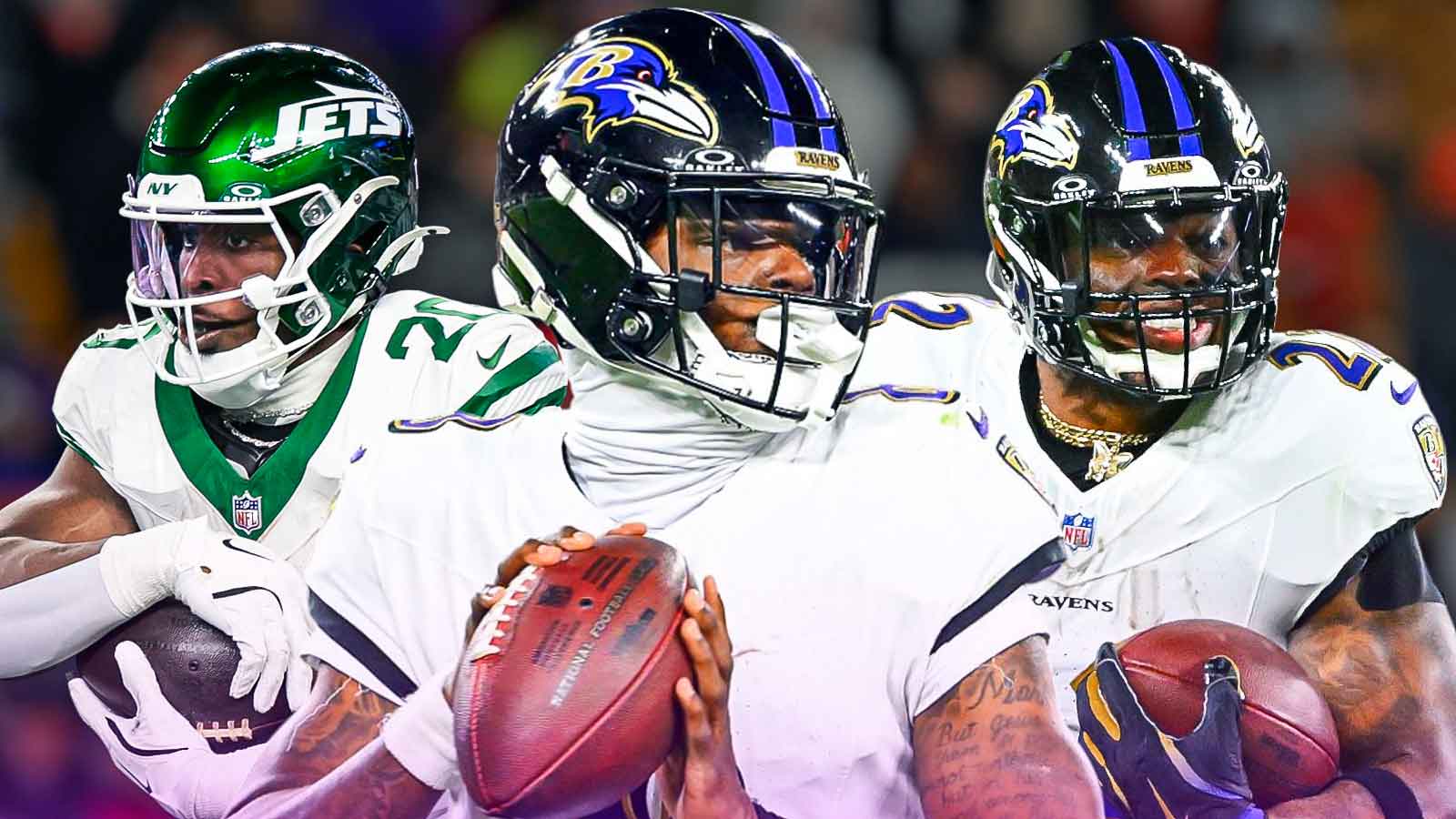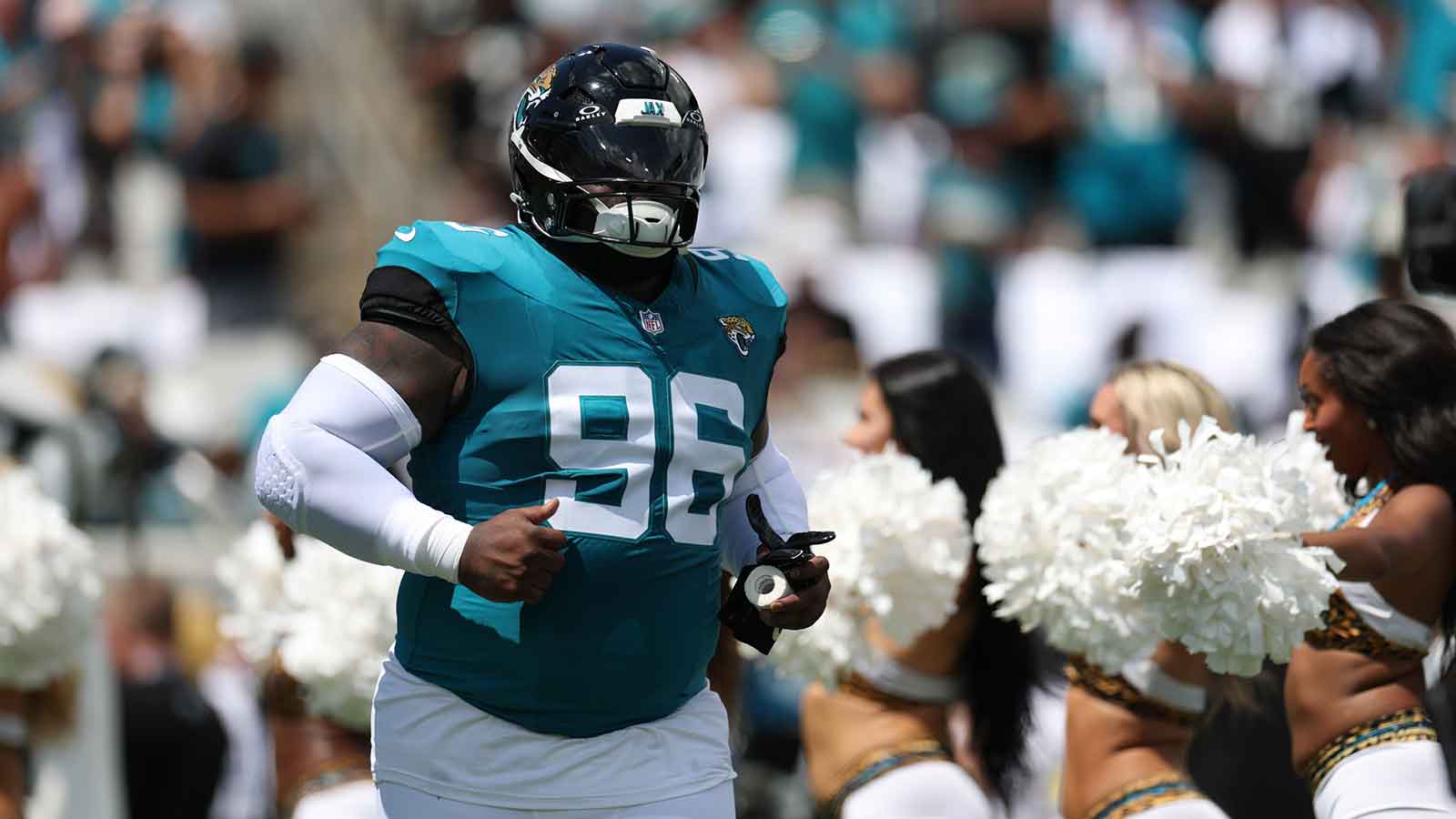After another year of turbulence and turnover, the New York Jets are once again pressing the reset button. This time, though, there’s a clear sense of direction—and a new head coach with a focused vision. The 2025 season won’t just be about making the playoffs. It’ll be about reestablishing the team’s identity. That identity is already starting to take shape through a rookie class loaded with grit, toughness, and untapped potential. For several veterans on the roster, the pressure is on—because the kids are coming, and they’re not waiting around.
New Era
Hiring Aaron Glenn as new head coach and committing to Justin Fields at quarterback were defining moves in what became a highly strategic 2025 offseason for the Jets. Glenn brings a no-nonsense leadership style and defensive pedigree. Meanwhile, Fields—finally out of the shadows of uncertainty—has been handed the keys to the offense. The team expects to be run-heavy. With limited proven pass-catching options beyond Garrett Wilson, the passing game will require both patience and new playmakers to emerge.
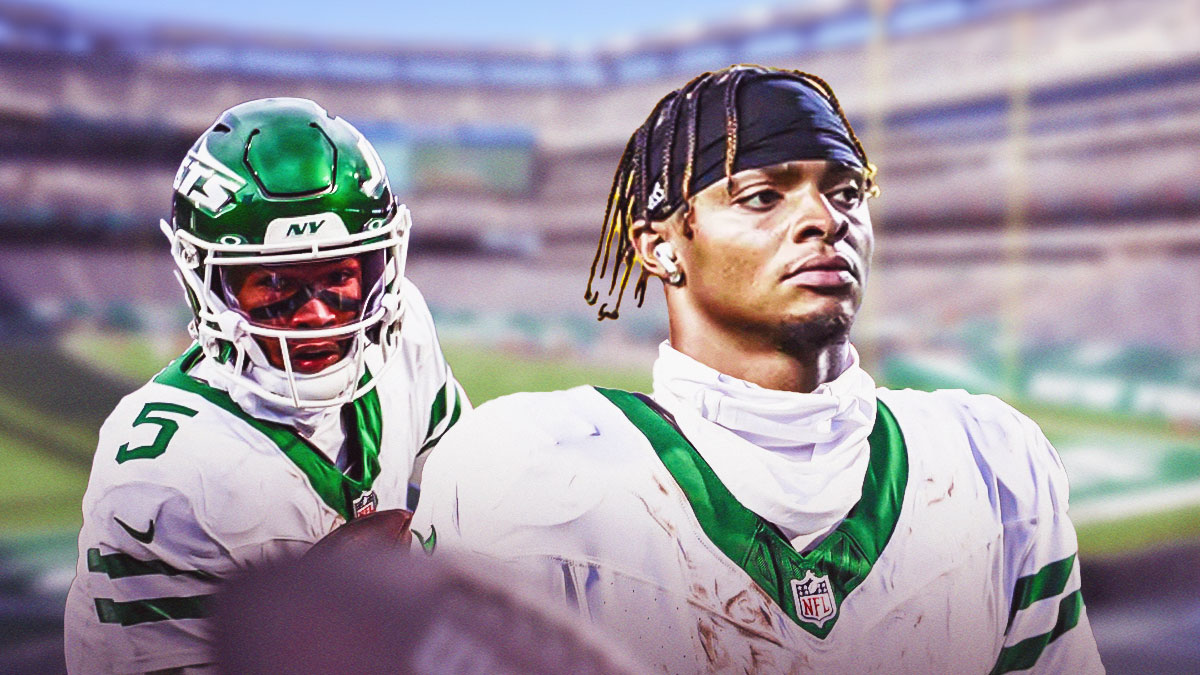
The offseason saw the departures of key veterans DJ Reed and Morgan Moses. However, general manager Darren Mougey responded by drafting Armand Membou and Azareye’h Thomas—players expected to start immediately. Although New York still lacks a championship-caliber roster on paper, the front office’s moves hint at long-term promise. The Jets are now anchored by cornerstone players like Sauce Gardner, Quinnen Williams, Breece Hall, and Garrett Wilson. They are also betting on rookies who embody toughness, intelligence, and versatility. As the team tries to reshape its future, a few veteran players find themselves facing stiff competition—and possibly losing their grip on starting roles.
Here we'll try to look at the New York Jets veteran players whose roles will be pushed by rookies in the 2025 NFL season.
1. A New Anchor at Right Tackle
When the Jets used the No. 7 overall pick to select Membou, it wasn’t just about upgrading the offensive line. It was a clear signal that they’re building this offense from the trenches out. The Missouri standout has been praised for his elite physical traits and sound technique.
That’s a tough pill for Chukwuma Okorafor to swallow. Originally brought in as a steady veteran presence, Okorafor now looks more like a bridge player than a long-term solution. Membou is already seeing snaps with the first-team offense during OTAs. It’s not hard to see why. His blend of size (6’6, 325 lbs), footwork, and aggression makes him an ideal fit for a run-first team trying to give Fields both time and a cleaner pocket.
Unless Okorafor delivers a flawless camp and preseason, Membou could seize the starting job early. For a team that desperately needs identity up front, this feels like a transition that’s only a matter of time.
2. A New Security Blanket at Tight End
Tight end has been a black hole for the Jets for decades. Mickey Shuler in 1988 was the last New York tight end to make a Pro Bowl. The lack of production at the position has hurt the development of every quarterback who’s cycled through Florham Park. With Fields now under center, the Jets are hoping to change that narrative.
Enter Mason Taylor, the sure-handed rookie from LSU. Taylor may not have the flashiest resume, but his tape screams reliability. He’s polished, physical after the catch, and arguably the best “safety valve” in this year’s draft class. Veteran TE Jeremy Ruckert, meanwhile, hasn’t been bad—but he also hasn’t taken the next step. In an offense desperate for dependable targets behind Wilson, Taylor offers more upside and a cleaner fit for Fields’ style of play.
Ruckert will still have a role, but Taylor’s ceiling as a pass-catcher makes him a serious threat to leapfrog into TE1 duties by opening day. The Jets didn’t use a valuable Day 2 pick on Taylor to sit him. He’s here to help redefine the offense—and he might do that sooner than expected.
3. Leadership and Versatility in the Secondary
Tony Adams was one of the few bright spots in an otherwise inconsistent Jets secondary last season. However, with Reed out and a changing of the guard underway, no job is safe—especially not with Malachi Moore in town.
Moore was a value steal at No. 130 overall. He comes in with the kind of football IQ and versatility that new head coach Aaron Glenn covets. Yes, he is undersized at 5’11, 196 pounds. That said, Moore makes up for it with instincts, tackling ability, and leadership. He’s already turning heads in rookie minicamp and has been featured heavily in both safety and nickel packages.
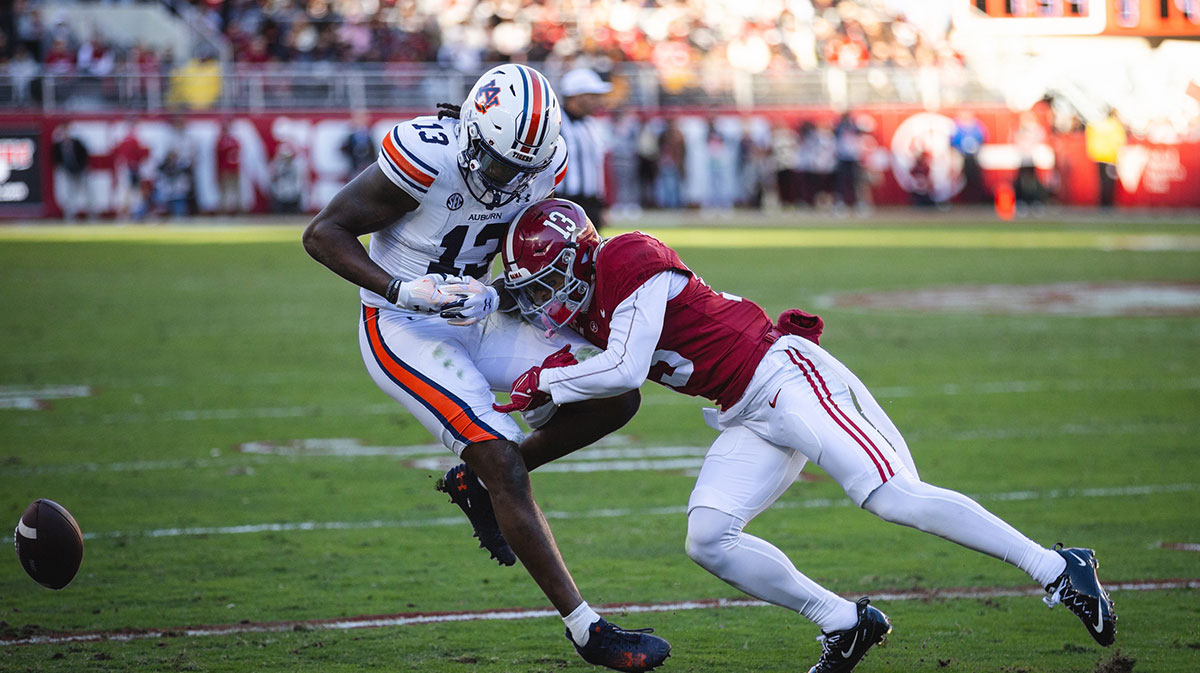
Adams is a physical, willing tackler, but lacks the versatility Moore brings to the table. Moore’s hybrid potential could accelerate his rise. He’s also expected to be a key special teams contributor, which will only increase his value early in the year.
If he lives up to his reputation, Moore could be starting in the secondary by the second half of the season—and he’ll be a fan favorite by then.
Youth Movement in Full Effect
The 2025 Jets may not be loaded with star power, but they’re no longer stuck in limbo. This offseason marked a philosophical shift: stop clinging to fading veterans and start building something tougher, younger, and more resilient. Players like Membou, Taylor, and Moore aren’t just depth pieces—they’re legitimate challengers to incumbents whose time may be running out.
For the veterans mentioned above, this season isn’t just about holding onto their jobs—it’s about proving they’re part of the solution in a franchise desperate to turn the corner. Otherwise, the next wave might wash them out altogether.

